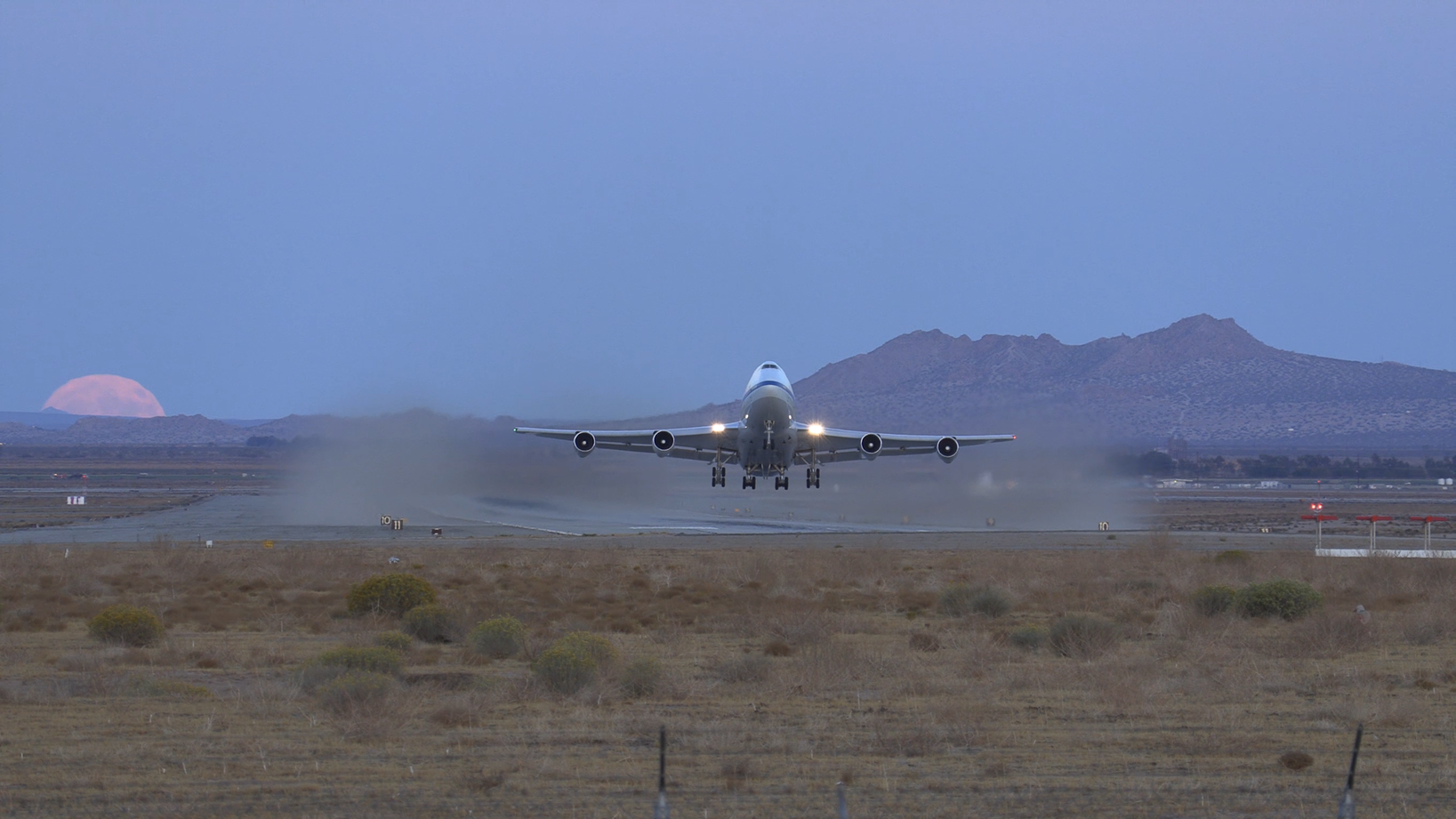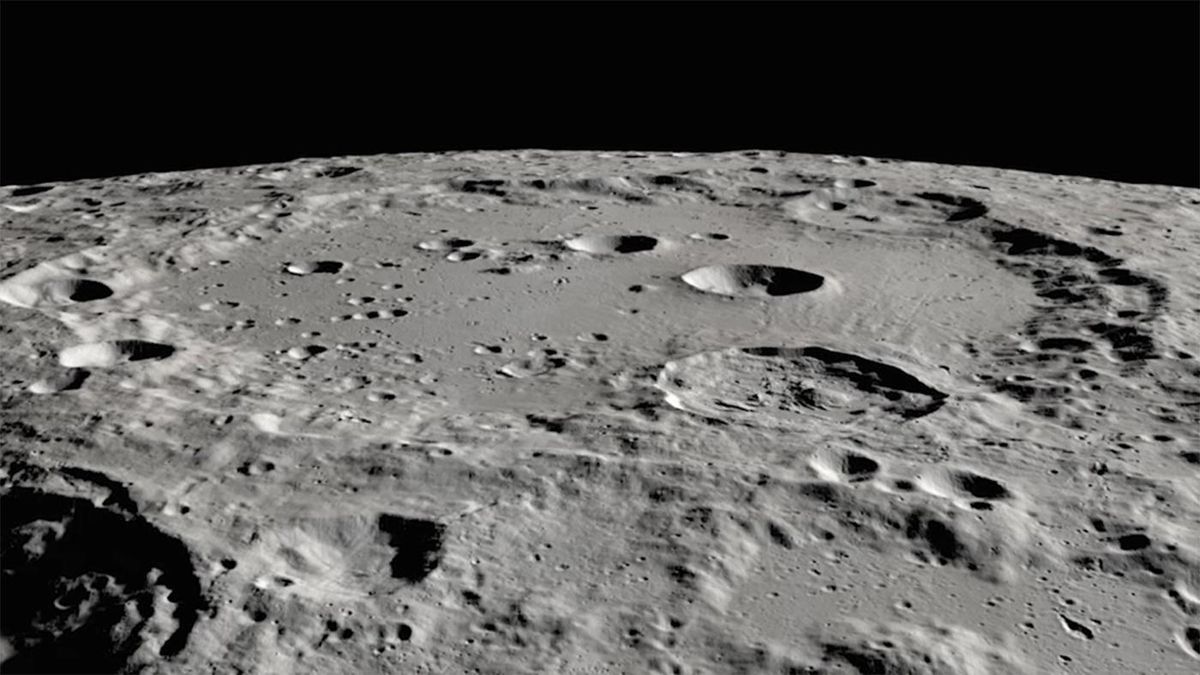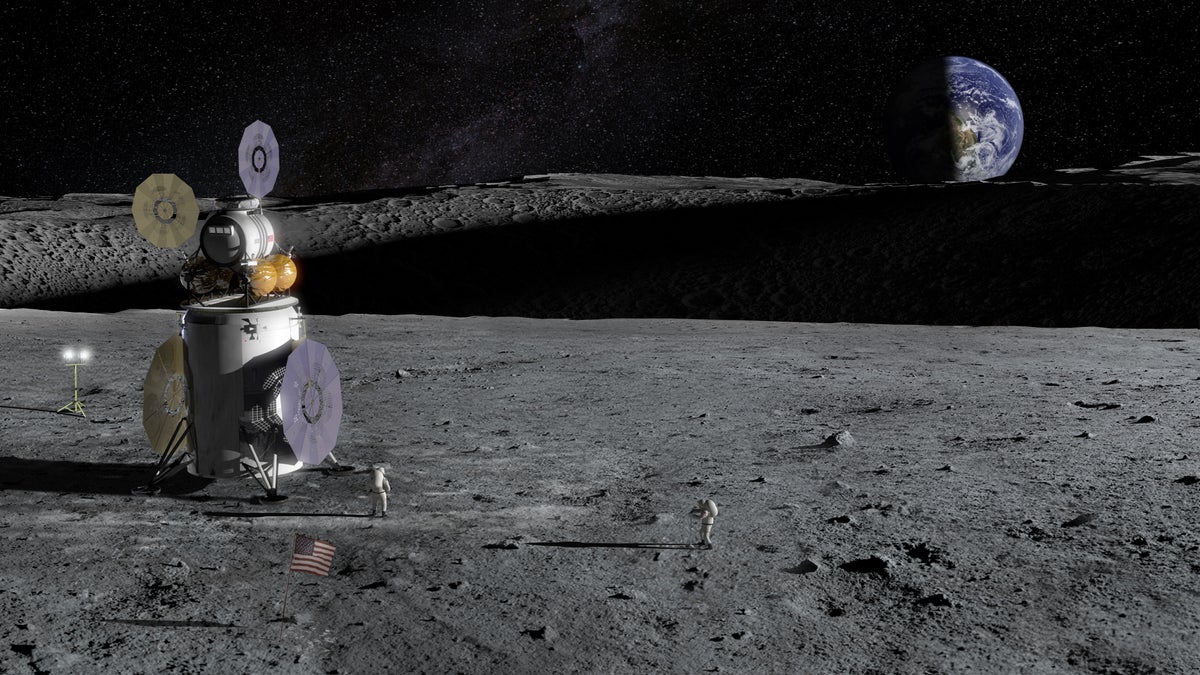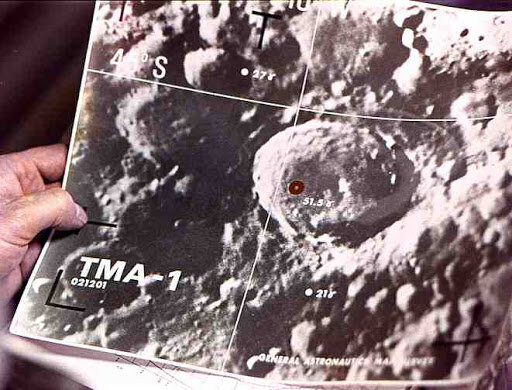- Joined
- 21 January 2015
- Messages
- 12,150
- Reaction score
- 16,354
Both the aircraft & instruments are going in for routine servicing & update in Germany. The aircraft servicing is being done by Lufthansa Technik & instruments by the German SOFIA institute.

 www.dlr.de
www.dlr.de
View: https://twitter.com/SOFIA_DSI/status/1313441315292672005

DLR – SOFIA returns to Hamburg
The Stratospheric Observatory for Infrared Astronomy (SOFIA) is making another 'pit stop'. At 19:17 on 30 September 2020, the airborne observatory, which is operated by the US space agency NASA and DLR, landed at Hamburg Airport..
View: https://twitter.com/SOFIA_DSI/status/1313441315292672005







